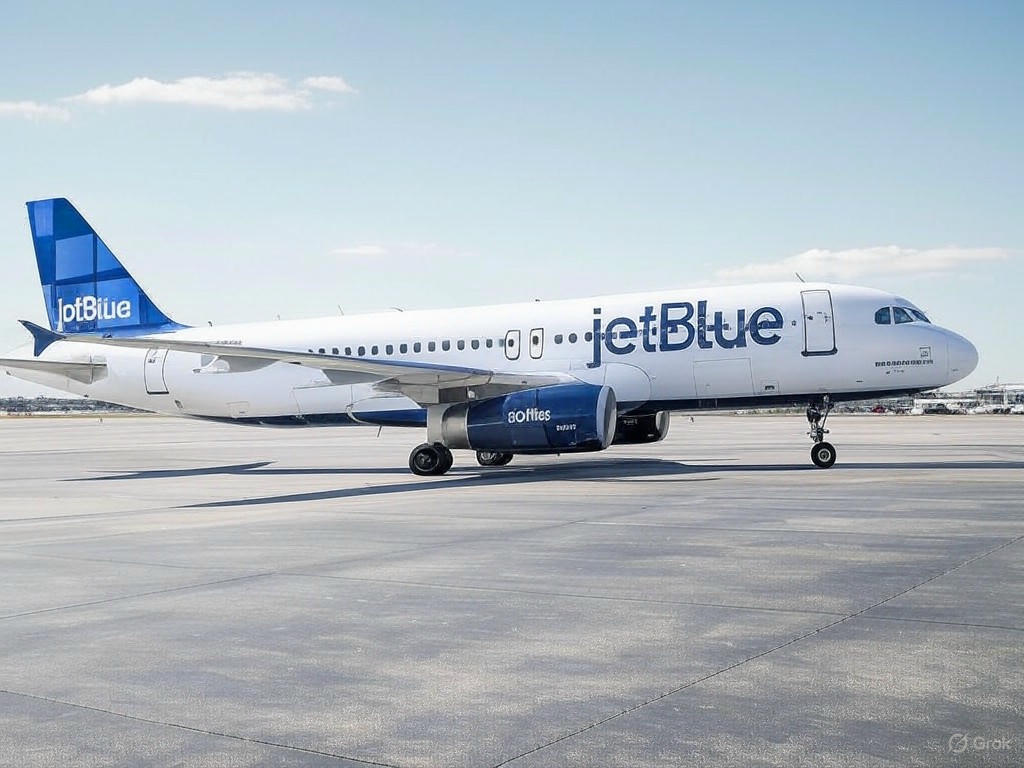JetBlue’s Tough Call: Grounding Planes and Slashing Routes to Stay Afloat
In a stark move to curb financial bleeding, JetBlue Airways has made the difficult decision to ground a portion of its fleet and trim its route network. The airline, once celebrated for its customer-friendly approach and competitive fares, is grappling with mounting losses amid a challenging economic landscape. A recent internal communication to employees painted a sobering picture, emphasizing the urgent need to preserve cash reserves and stabilize operations. This strategic retreat signals a broader struggle within the aviation industry, where rising costs and fluctuating demand continue to test even the most resilient players.
The decision to park planes comes as JetBlue faces intense pressure from operational expenses, including fuel costs and maintenance, which have surged in recent years. Additionally, the airline has been navigating the aftermath of overexpansion in certain markets, where demand has failed to keep pace with capacity. By reducing the number of active aircraft, JetBlue aims to lower overhead costs and redirect resources to more profitable routes. While specifics on which routes will be cut remain undisclosed, industry analysts speculate that less-traveled or underperforming destinations could be the first to go. This move, though painful for employees and loyal passengers, is seen as a necessary step to recalibrate the airline’s financial trajectory.
Beyond the immediate impact on operations, this decision raises questions about JetBlue’s long-term strategy. The airline has historically positioned itself as a disruptor in the industry, offering a hybrid model of low-cost fares with premium amenities. However, the current cost-cutting measures suggest a shift toward pragmatism over ambition. Employees, many of whom have already endured uncertainty due to industry-wide turbulence, now face the added strain of potential job cuts or reassignments. Meanwhile, customers may find fewer travel options and tighter schedules, potentially pushing them toward competitors. JetBlue’s leadership has assured stakeholders that these changes are temporary, aimed at ensuring the airline’s survival in a volatile market.
Looking ahead, JetBlue’s ability to weather this storm will depend on how effectively it can balance cost reductions with maintaining customer loyalty. The aviation sector is no stranger to cyclical downturns, and JetBlue has navigated challenges before. However, with competitors also tightening their belts, the race to recovery is fiercer than ever. Industry observers note that strategic partnerships or a renewed focus on high-demand corridors could offer a lifeline. For now, the airline’s focus is clear: streamline operations, conserve resources, and rebuild from a leaner foundation.
As JetBlue embarks on this restructuring journey, the broader implications for the travel industry are worth watching. Will other carriers follow suit with similar cutbacks, or will some seize the opportunity to capture market share? For passengers, the coming months may bring higher fares and fewer choices, a reminder of the delicate balance airlines must strike between profitability and service. JetBlue’s latest moves underscore a harsh reality: even in the skies, survival often demands tough sacrifices.


